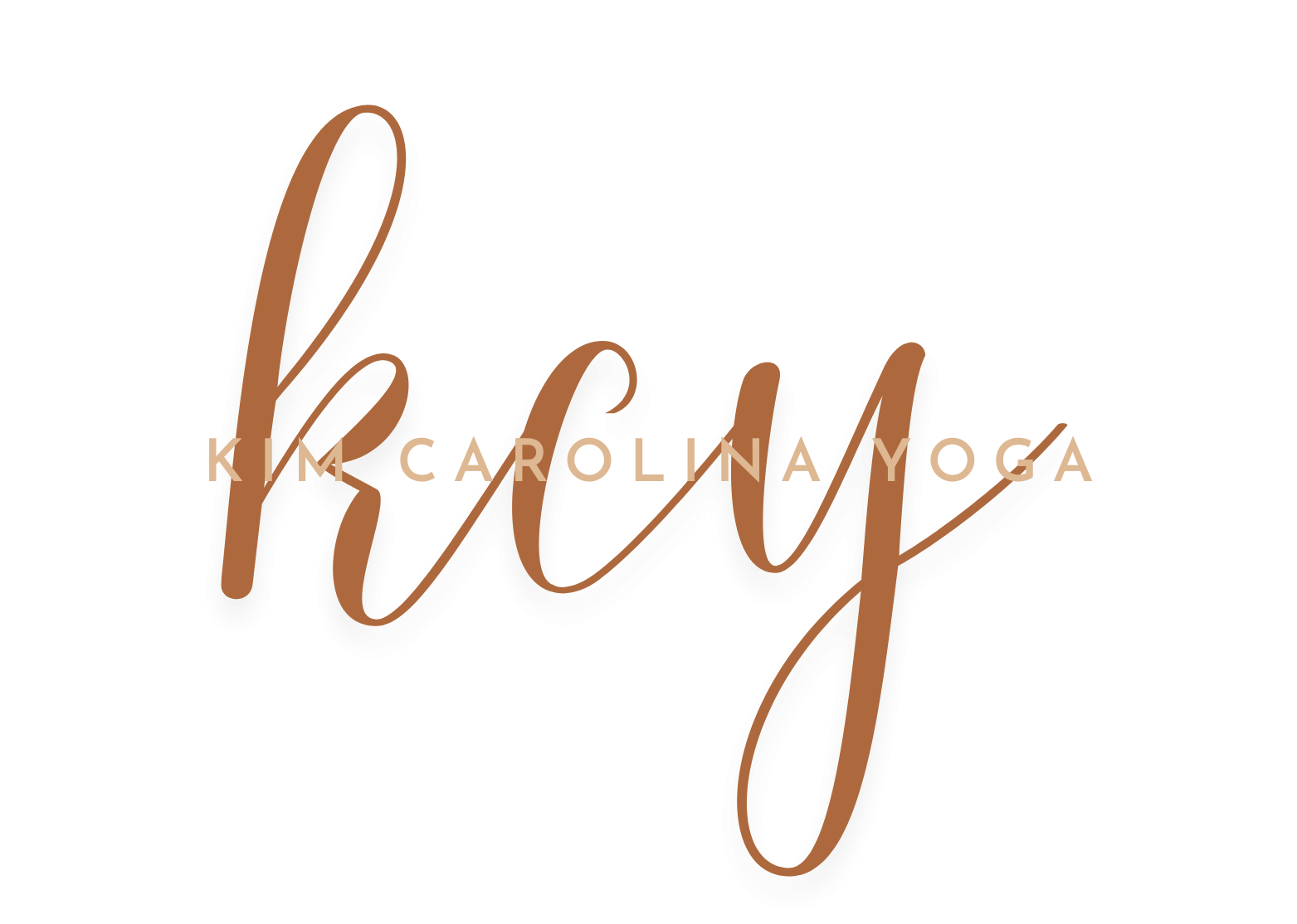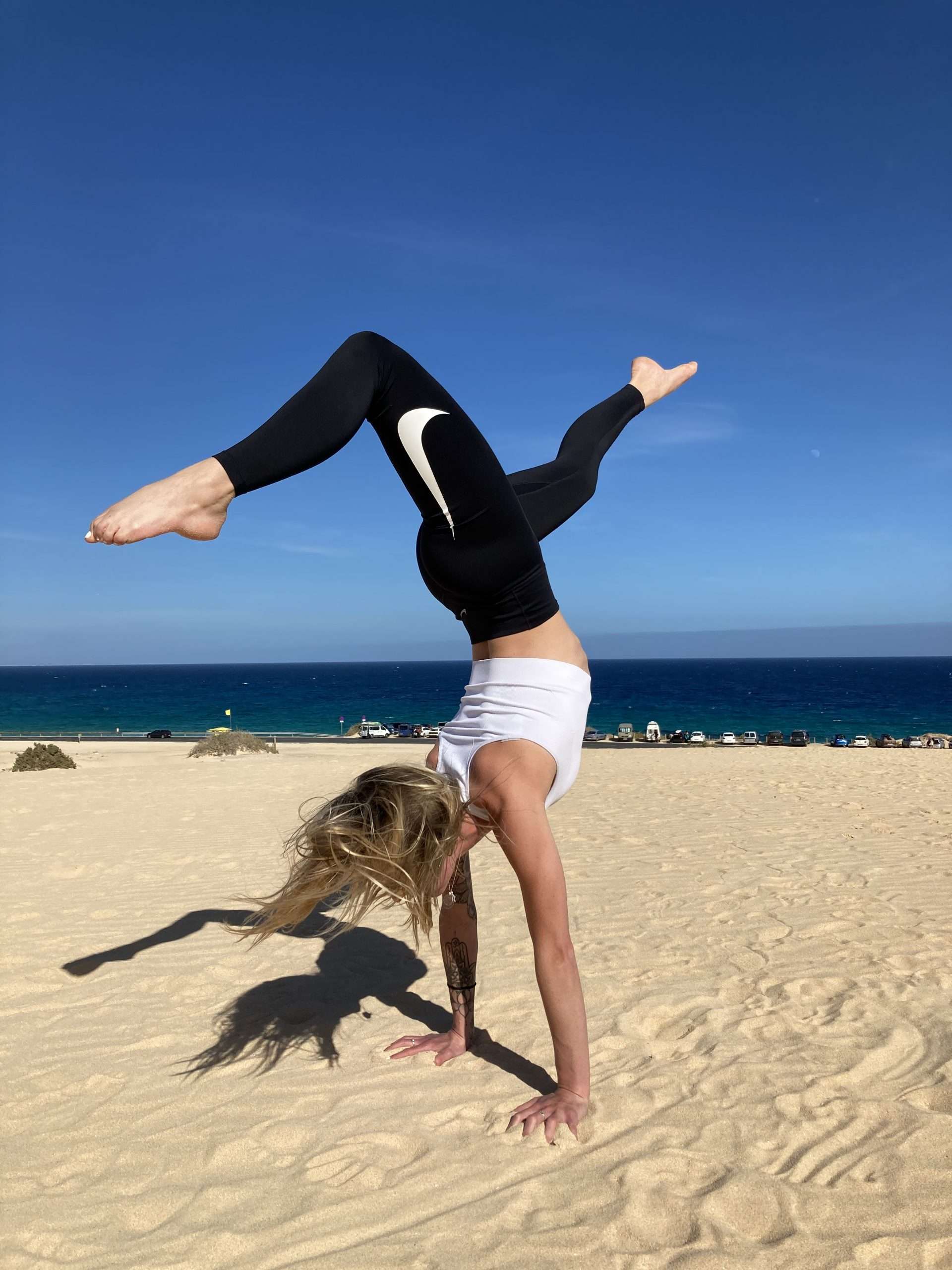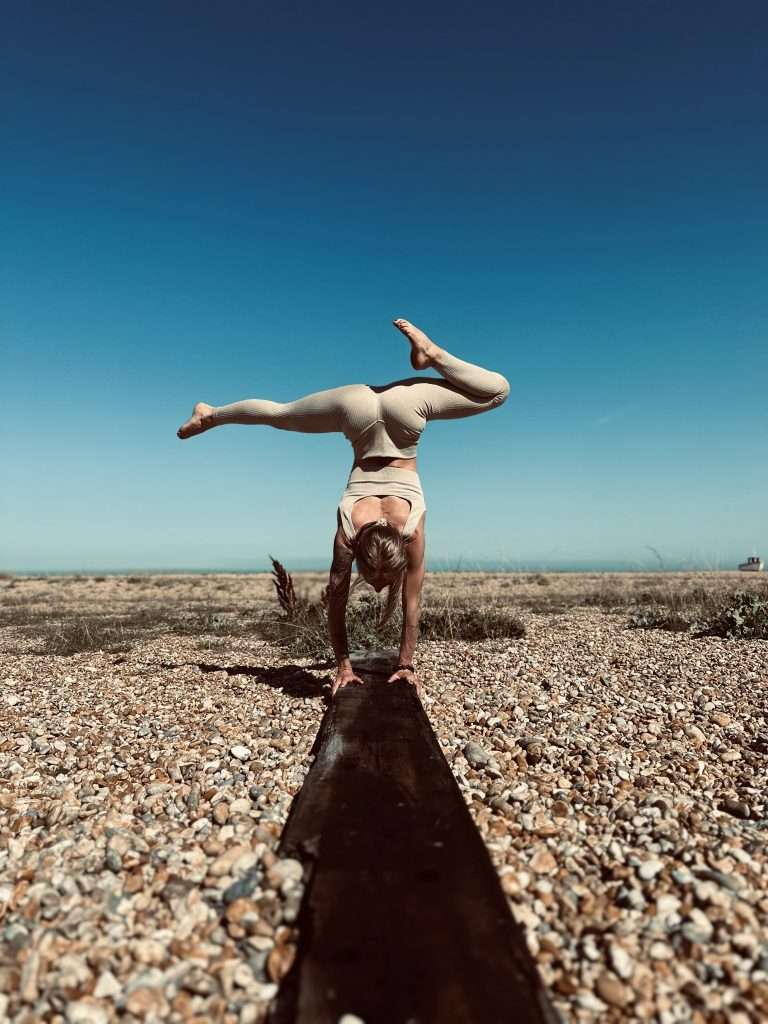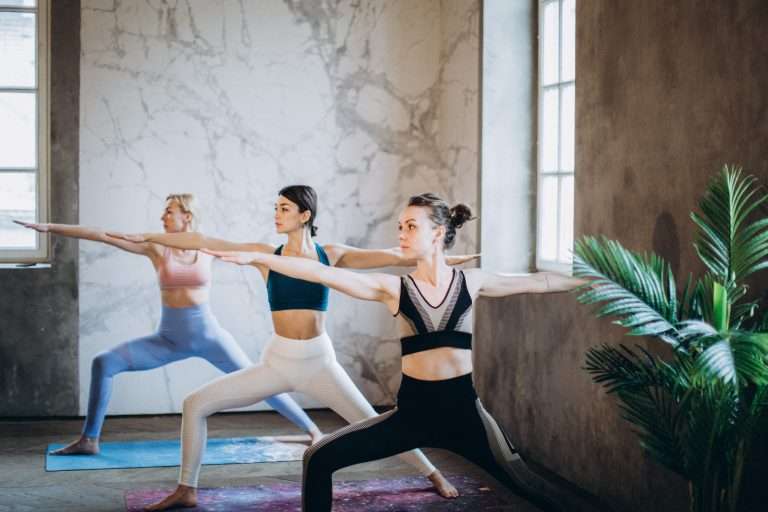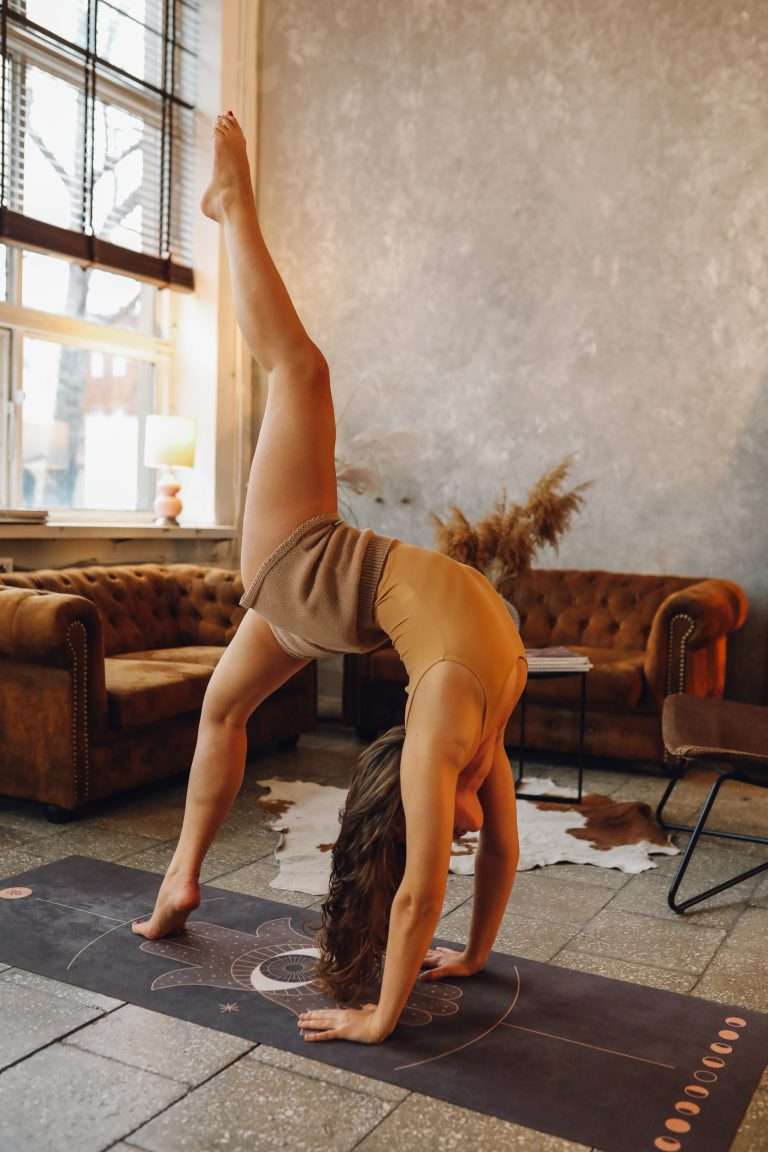Yoga for Beginners: 8 Basic Yoga Poses
Yoga has been a well-known trend for years now – and this for a good reason. Today we introduce you to a practice of yoga for beginners and give you 8 basic yoga poses to start practicing at home – because as we all know, getting started is the hardest part.

Yoga for Beginners: What is Yoga?
Yoga is a 5000-year-old body science that originated in India and has been booming in the West since the 60s and 70s. In the West, we know the term “yoga” mainly in connection with the physical yoga practice. However, the original yoga practice is much broader and includes breathing and mediation exercises as well as ethical guidelines – called yamas and niyamas.
Yoga can therefore be considered more than physical exercise. It is, indeed, a lifestyle: a holistic approach to mental as well as physical health, while living in close and respectful connection with other beings. Since many Westeners come to yoga through the physical practice, our focus today will be on yoga for beginners, starting out with 8 basic yoga poses.
Why You Should Practice Yoga
The benefits of a yoga practice are manifold. Deep and conscious breathing reduces stress and at the same time promotes better sleep. Different breathing exercises in yoga activate the autonomic nervous system, which in turn suppresses the stress nerve, lowers blood pressure, and positively influences the nervous system. Deep and conscious breathing also promotes blood circulation to all organs.
The physical yoga poses strengthen and stretch the muscles of our body, keeping us fit and mobile. Especially through the variation of forward folds and backbends, twists and side bends, our spine is kept active and flexible. The alternating movements of yoga poses likewise massage our organs and are thus very beneficial for digestion. In addition, the unique breathing combined with movement allows the body to absorb more oxygen, which benefits both our heart and lungs.
For all those who are now eager to get started, we have compiled a yoga for beginners overview with 8 basic yoga poses that can easily be done from home and which will give you all the benefits listed above.
Yoga for Beginners: 8 Basic Yoga Poses
The following 8 basic yoga poses can be practiced individually and each held for 5 deep breaths. Once you get more comfortable with your yoga practice, you can start connecting these poses into a little yoga flow for beginners.
1. DOWNWARD FACING DOG (ADHO MUKHA SVANASANA)
Let’s start with one of the most well-known of yoga poses: the classic downward facing dog. A yoga for beginners sequence should always include this pose, as it is relatively easy to practice and holds several benefits.
Execution:
- Get into an all-fours position.
- Place the hands shoulder-width and the feet hip-width apart.
- Press the buttocks towards the ceiling, so that a triangle is formed between the hands, buttocks, and feet.
- Relax shoulders away from ears, so that the neck feels free.
- Direct the gaze straight back between the legs and keep your neck in line with the spine.
- Pull belly button toward spine and engage your abdominals.
Benefits:
Downward Facing Dog strengthens the wrists, shoulders and arms, while stretching the back of the legs, including the calves, hamstrings and even glute muscles. By lengthening the backside of the legs, Adho Mukha Svanasana can also help to relieve lower back pain. The head is under the heart, which helps blood circulation to the brain.

2. WARRIOR TWO (VIRABHADRASANA II)
Warrior Two is another perfect pose for yoga beginners. The execution is fairly simple and this pose will find its way back into any yoga flow.
Execution:
- Stand with both feet facing the long side of the mat.
- Turn the front toes completely forward, take the back heel back, so that a 45-degree angle is formed.
- Now bend the front knee over the ankle and bring the arms into a T-position stretched forward and back.
- Keep the shoulders above the hips aligned in the centre and soften shoulders away from the ears.
- Draw the belly button inwards and tilt the hips slightly forward to activate the pelvic floor and abdominal muscles.
- Hold the position for 5 breaths.
Benefits:
All warrior poses strengthen the legs and ground us. They are said to connect us to our Root Chakra and to the earth. Warrior Two helps to strengthen the shoulders and abs. This basic yoga pose also teaches us to be in the here and now – neither looking back nor rushing forward.

3. EXTENDED TRIANGLE (UTTHITA TRIKONASANA)
One of my personal favourites! Triangle pose is one of the best ways to feel your body and energy expand and, in my eyes, a must pose for beginners in yoga.
Execution:
- From the Warrior 2 pose, extend the front leg and tense the thigh.
- Now tilt the hip sideways and place the front hand on the front shin or use a block under your hand for support and elevation.
- The other arm and hand reach upwards to the ceiling or sky. Spread your fingers.
- Between your two feet and legs, between the front arm and leg and between the front foot, top hand and back foot, you now form 3 triangles.
- Keep belly button pulled in towards the spine and the abs active.
- Gaze slightly up to your extended hand and focus your eye gaze on the thumb.
- Hold the position for 5 breaths.
Benefits:
The triangle pose stretches and strengthens the leg muscles. Utthita Trikonasana also creates a stretch and flexibility in our sides, which can help reduce digestive problems. The spine is tilted sideways and remains supple, the hips learn to open. Energy moves into all directions.

4. TREE POSE (VRKSASANA)
We’ve all seen this pose on plenty of yoga photos. It is one of the most traditional yoga poses for balancing and therefore needs to be included in our yoga for beginners sequence.
Execution:
- Ground one foot into the floor and raise the other knee towards the chest.
- With the knee joint closed, open the knee outwards and place the sole of the foot next to the ankle or on the other thigh.
- Important: please refrain from supporting your foot on your knee! The knee is a ver delicate joint and weight should not be placed on it sideways.
- Place the palms together in front of the chest in a prayer position, in what is called the “Añjali mudra”.
- Alternatively, stretch the hands towards the ceiling and open the palms shoulder-width apart.
- Keep the shoulders relaxed.
- Hold the position for 5 breaths and switch sides.
Benefits:
The Tree is a popular yoga pose for beginners and teaches us balance. It strengthens the leg and ankle muscles and trains the stabilising muscles around our foot and ankle. Vrksasana also promotes flexibility of the shoulders when the arms are reached up.

5. COBRA POSE (BUJANGASANA)
A must for all those of us working at a desk or in front of a computer for prolonged periods of time. Cobra pose is a soft backbend that counteracts long times of sitting by stretching the front body.
Execution:
- Lie belly-down on the mat and stretch the tips of the feet long.
- Place the hands beside the ribs and spread the fingers.
- Now stretch the arms so that your chest lifts off the floor. For Cobra pose, keep your belly and hips on the mat.
- If you want to deepen the pose, lift up legs, hips, belly and chest to come into the full Upward Facing Dog position.
- Relax the neck and let the shoulders drop back. From this position, after 1 breath, press back into Downward Facing Dog.
Benefits:
The cobra pose in yoga is a small backbend and opens our heart space and throat. Bujangasana brings flexibility to the spine and stretches the abdominals, hip flexors, and tighs – an extremely beneficial exercise after long periods of sitting. Cobra can be practiced before lifting fully into Upward Dog.

6. SUPPORTED BRIDGE POSE (SETU BANDHASANA)
The Bridge is a good pose to practice towards the end of your sequence in yoga for beginners. It is also a backbend pose that opens and stretches the front body.
Execution:
- Lie with your back on the mat and bend the knees so that the knees are directly above the ankles.
- The tips of the toes point forward.
- Important: keep the neck still and refrain looking sideways or moving your head, when there is weight on it. The cervical spine is very delicate.
- Now push your hips up and tense your buttocks. You can press your arms into the floor at your sides or cross them under your back.
- Hold the position for 5 breaths. Then lower the hips slowly and in a controlled manner.
- Repeat the pose 3 times.
Benefits:
The bridge is one of the classic 8 basic yoga poses – and also often practiced in other forms of exercise. Like the Cobra pose, it is a backbend that opens and stretches the entire front of the body: thighs, hip flexors, abdominal muscles, and heart space. At the same time, this pose is ideal for strengthening the hamstrings, glutes, and lower back muscles.
Note: Please practice this pose mindfully and pay attention to your lower back. A slight feeling of pressure in the lumbar region is normal, but striking pain should be avoided. If you feel uncomfortable in this pose, lower the hips slightly or place a block underneath your sacrum for support.

7. SEATED TWIST (ARDHA MATSYENDRASANA)
All yoga for beginners sequences should include at least one twisting motion. The Seated Twist is a relatively simple pose to get you started.
Execution:
- Get into a seat on the mat with both legs stretched forward.
- Now take the right foot and place it beside the left knee, so that the right knee faces the ceiling.
- Take the right hand behind the back for support. The left hand grips the right knee.
- Try to remain upright throughout the back as you twist towards the knee and through the spine.
- Hold the position for 5 breaths and switch sides.
Benefits:
The Seated Twist is an excellent basic yoga pose because it is quite simple to do but offers several benefits. For example, the Seated Twist provides mobility for the spine and massages the organs through the rotation. For the same reason, the twist also promotes digestion and relaxes the lower back.

8. SEATED FORWARD FOLD (PASCHIMOTTANASANA)
The Seated Forward Fold is a perfect way to close your practice, relax your back and bring the energy down.
Execution:
- Come into a seated position on the mat with both legs extended forward. Sit on the front of your sit bones.
- Flex the toes and keep the legs active.
- Bring the shoulders back, down onto the back and keep the spine long, tilting from the hips.
- Now slowly move the upper body forward over the legs.
- Your hands can rest on your shins or next to your thighs for support.
- Take 5-8 deep breaths in this position.
Benefits:
The Seated Forward Fold is a beautiful yoga pose for beginners to close the practice. The pose is calming and opens the entire back of the body. It especially stretches the backside of the legs. The stretch can manifest differently depending on where it is most needed. Paschimottanasana is also said to get rid of unwanted belly fat.

8 Basic Yoga Poses for Beginners:
As you can see, even the basic yoga poses that we have seen many times hold many different benefits. In this article, we have compiled a selection of forward folds, backbends, twists, and side bends to create a holistic yoga practice and move the spine in every direction. In yoga, the motto is always: listen to your breath and your body and learn to distinguish between discomfort (as in a stretch) and acute pain (a metallic, tingly feeling). These poses will accompany you in the initial phase and probably forever in your yoga practice!
Drop me a comment to let me know how you are liking these poses!
